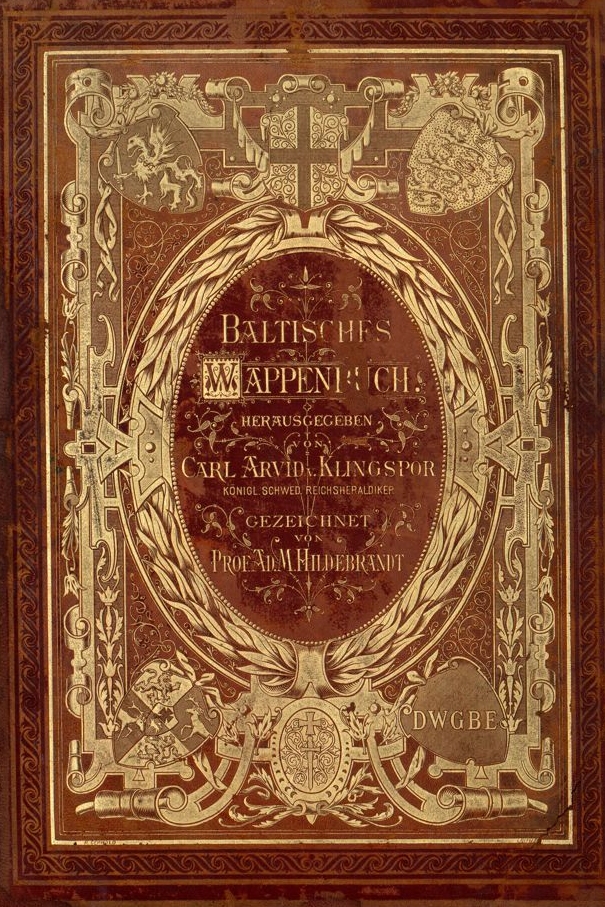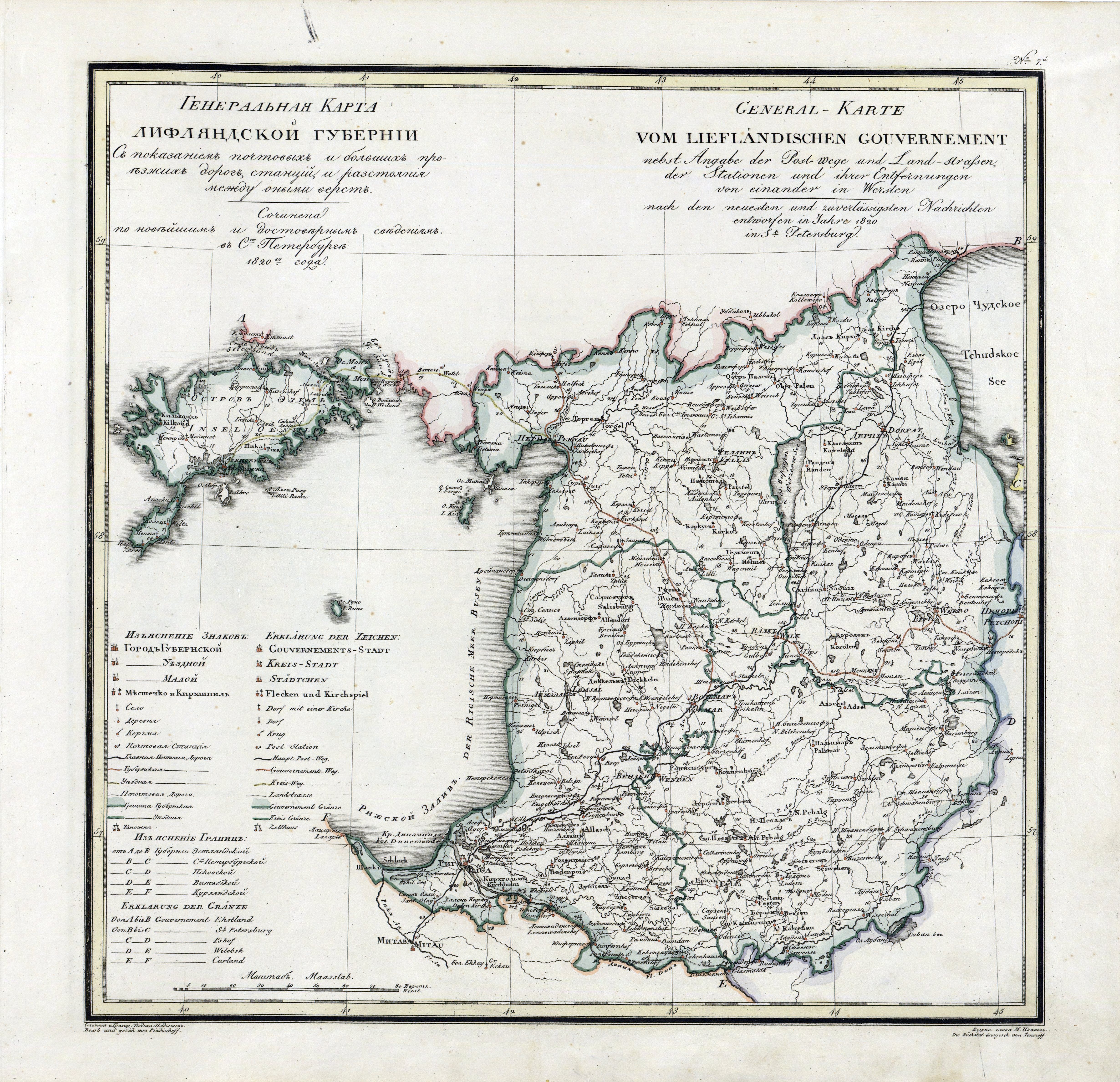|
Smiltene Municipality
Smiltene Municipality () is a municipality in Vidzeme, Latvia. The municipality was formed in 2009 by Merger (politics), merging the town of Smiltene with the rural parishes of Bilska Parish, Bilska, Blome Parish, Blome, Branti Parish, Branti, Grundzāle Parish, Grundzāle, Launkalne Parish, Launkalne, Palsmane Parish, Palsmane, Smiltene Parish, Smiltene and Variņi Parish, Variņi. During the Administrative divisions of Latvia, 2021 Latvian administrative reform, the previous municipality was merged with Ape Municipality and Rauna Municipality. The administrative centre is in the town of Smiltene. The population in 2020 was 11,985. It borders Estonia. Geography Smiltene Municipality is located in the northern part of the Vidzeme Highland on the banks of the river Abuls (Abula). The largest natural lake is Klievezers, Lake Klievezers (3.3 ha) in the southern part of the municipality. In the municipality there are three artificial lakes (reservoirs) created on the river. The large ... [...More Info...] [...Related Items...] OR: [Wikipedia] [Google] [Baidu] |
Administrative Divisions Of Latvia
The current administrative division of Latvia came into force on 1 July 2021. On 10 June 2020, the Saeima approved a municipal reform that would reduce the 110 municipalities and nine republic cities to 43 local government units consisting of 36 municipalities (, ''novads'') and seven state cities (''valstspilsētas, valstspilsēta''). The municipalities are also further divided into 71 cities/towns (''pilsētas'', '' pilsēta'') and 512 parishes (''pagasti, pagasts''). On 1 June 2021, the Constitutional Court of Latvia ruled that the annexation of Varakļāni Municipality to Rēzekne Municipality was unconstitutional. In response, the Saeima decided to preserve the existence of Varakļāni Municipality as a 43rd local government unit until 2025. In June 2024 the Saeima decreed that Varakļāni Municipality will be merged into Madona Municipality immediately after the 2025 Latvian municipal elections, 2025 Latvian local elections. Previous municipal reforms after the restora ... [...More Info...] [...Related Items...] OR: [Wikipedia] [Google] [Baidu] |
Administrative Centre
An administrative centre is a seat of regional administration or local government, or a county town, or the place where the central administration of a commune, is located. In countries with French as the administrative language, such as Belgium, Luxembourg, Switzerland and many African countries, a (, , ) is a town or city that is important from an administrative perspective. Algeria The capitals of Algerian provinces, districts, and communes are called . Belgium The in Belgium is the administrative centre of each of the ten provinces of Belgium. Three of these cities also give their name to their province ( Antwerp, Liège and Namur). France The of a French department is known as the prefecture (). This is the town or city where the prefect of the department (and all services under their control) are situated, in a building also known as the prefecture. In every French region, one of the departments has preeminence over the others, and the prefect carries the t ... [...More Info...] [...Related Items...] OR: [Wikipedia] [Google] [Baidu] |
Hydroelectric Power Plant
Hydroelectricity, or hydroelectric power, is Electricity generation, electricity generated from hydropower (water power). Hydropower supplies 15% of the world's electricity, almost 4,210 TWh in 2023, which is more than all other Renewable energy, renewable sources combined and also more than nuclear power. Hydropower can provide large amounts of Low-carbon power, low-carbon electricity on demand, making it a key element for creating secure and clean electricity supply systems. A hydroelectric power station that has a dam and reservoir is a flexible source, since the amount of electricity produced can be increased or decreased in seconds or minutes in response to varying electricity demand. Once a hydroelectric complex is constructed, it produces no direct waste, and almost always emits considerably less greenhouse gas than fossil fuel-powered energy plants. [...More Info...] [...Related Items...] OR: [Wikipedia] [Google] [Baidu] |
Fürst
' (, female form ', plural '; from Old High German ', "the first", a translation of the Latin ') is a German language, German word for a ruler as well as a princely title. ' were, starting in the Middle Ages, members of the highest nobility who ruled over states of the Holy Roman Empire and later its former territories, below the ruling ' (emperor) or ' (king). A prince of the Holy Roman Empire was the sovereign ruler of an Imperial Estate, imperial estate that held imperial immediacy in the boundaries of the Holy Roman Empire. The territory ruled is referred to in German as a ' (principality), the family dynasty referred to as a ' (princely house), and the (non-reigning) descendants of a ' are titled and referred to in German as ' (prince) or ' (princess). The English language uses the term "prince" for both concepts. Romance languages, Latin-based languages (French, Italian, Romanian, Spanish, Portuguese) also employ a single term, whereas Dutch language, Dutch as well as the ... [...More Info...] [...Related Items...] OR: [Wikipedia] [Google] [Baidu] |
Baltic German Nobility
The Baltic German nobility was a privileged social class in the territories of modern-day Estonia and Latvia. It existed continuously from the Northern Crusades and the medieval foundation of Terra Mariana. Most of the nobility consisted of Baltic Germans, but with the changing political landscape over the centuries, Polish, Swedish, Russian, Danish, and even Scottish families also became part of the nobility, just as Baltic German families re-settled in locations such as the Swedish and Russian Empires. The nobility of Lithuania is for historical, social and ethnic reasons separated from the German-dominated nobility of Estonia and Latvia. History This nobility was a source of officers and other servants to Swedish kings in the 16th and particularly 17th centuries, when Couronian, Estonian, Livonian and the Oeselian lands belonged to them. Subsequently, the Russian tsars used Baltic nobles in all parts of local and national government. Latvia in particular was noted for i ... [...More Info...] [...Related Items...] OR: [Wikipedia] [Google] [Baidu] |
Livonia Governorate
The Governorate of Livonia, also known as the Livonia Governorate, was a province ('' guberniya'') and one of the Baltic governorates of the Russian Empire, Baltic Governorate-General until 1876. Governorate of Livonia bordered Governorate of Estonia to the north, Saint Petersburg and Pskov Governorates to the east, Courland Governorate to the south, and the Gulf of Riga to the west. In 1897, the population of the governorate was 1,299,365, and it had an area of . The administrative centre of the governorate was the Baltic Sea port of Riga. It roughly corresponded to most of the modern Vidzeme Region of Latvia and southern Estonia. History Following the capitulation of Estonia and Livonia in 1710, Peter the Great, on 28 July 1713, created the Riga Governorate () which also included Smolensk uezd, Dorogobuzh uezd, Roslavl uezd and Vyazma uezd of Smolensk Governorate. Smolensk Province was created from territory in Smolensk Governorate at that time. It was incorporated into ... [...More Info...] [...Related Items...] OR: [Wikipedia] [Google] [Baidu] |
Valka County
Valka county (; , ) was a historic county in the Governorate of Livonia, and in the Republic of Latvia dissolved during the administrative territorial reform of the Latvian SSR in 1949. Its capital was Valka (''Walk''). History The county of Valka was created during the administrative territorial reform of the Governorate of Riga in 1783 by merging of parishes from the preexisting Kreis Riga and Kreis Wenden. After the establishment of the Republic of Latvia in 1918, the ''Valkas apriņķis'' existed until 1949, when the Council of Ministers of the Latvian Soviet Socialist Republic, Latvian SSR split it into the newly created districts (''rajons'') of Valka district, Valka and Smiltene district, Smiltene (dissolved in 1959). Demographics At the time of the Russian Empire Census of 1897, Kreis Walk had a population of 120,585. Of these, 87.9% spoke Latvian language, Latvian, 7.2% Estonian language, Estonian, 2.1% German language, German, 1.3% Russian language, Russian, 1.1% Yi ... [...More Info...] [...Related Items...] OR: [Wikipedia] [Google] [Baidu] |
Great Northern War
In the Great Northern War (1700–1721) a coalition led by the Tsardom of Russia successfully contested the supremacy of the Swedish Empire in Northern Europe, Northern, Central Europe, Central and Eastern Europe. The initial leaders of the anti-Swedish alliance were Peter the Great, Peter I of Russia, Frederick IV of Denmark, Frederick IV of Denmark–Norway and Augustus II the Strong of Electorate of Saxony, Saxony–Polish–Lithuanian Commonwealth, Poland–Lithuania. Frederick IV and Augustus II were defeated by Sweden, under Charles XII, and forced out of the alliance in 1700 and 1706 respectively, but rejoined it in 1709 after the defeat of Charles XII at the Battle of Poltava. George I of Great Britain and the Electorate of Hanover joined the coalition in 1714 for Hanover and in 1717 for Britain, and Frederick William I of Prussia, Frederick William I of Brandenburg-Prussia joined it in 1715. Charles XII led the Swedish army. Swedish allies included Holstein-Gottorp, sev ... [...More Info...] [...Related Items...] OR: [Wikipedia] [Google] [Baidu] |
Reservoir
A reservoir (; ) is an enlarged lake behind a dam, usually built to water storage, store fresh water, often doubling for hydroelectric power generation. Reservoirs are created by controlling a watercourse that drains an existing body of water, interrupting a watercourse to form an Bay, embayment within it, excavating, or building any number of retaining walls or levees to enclose any area to store water. Types Dammed valleys Dammed reservoirs are artificial lakes created and controlled by a dam constructed across a valley and rely on the natural topography to provide most of the basin of the reservoir. These reservoirs can either be ''on-stream reservoirs'', which are located on the original streambed of the downstream river and are filled by stream, creeks, rivers or rainwater that surface runoff, runs off the surrounding forested catchments, or ''off-stream reservoirs'', which receive water diversion, diverted water from a nearby stream or aqueduct (water supply), aq ... [...More Info...] [...Related Items...] OR: [Wikipedia] [Google] [Baidu] |
Assen
Assen () is a List of cities in the Netherlands by province, city and Municipalities of the Netherlands, municipality in the Northeastern Netherlands, and is the capital (politics), capital of the province of Drenthe. It received City rights in the Low Countries, city rights in 1809. Assen is known for TT Circuit Assen, the motorcycle sport, motorcycle racing circuit, where on the last Sunday in June the Dutch TT is run; and also for the annual Assen Dance Festival. Population centres Anreep, Assen, De Haar, Assen, De Haar, Graswijk, Loon, Drenthe, Loon, Rhee, Netherlands, Rhee, Schieven, Ter Aard, Ubbena, Witten, Drenthe, Witten, Zeijerveen, and Zeijerveld. History The history of the capital of Drenthe can be traced back to at least 1258, when a new location had to be found for Marienkamp Abbey, which had originally been built near Coevorden as a penalty for the slaughter in 1227 of the army of the Bishop of Prince-Bishopric of Utrecht, Utrecht at the hands of Drenthe's pe ... [...More Info...] [...Related Items...] OR: [Wikipedia] [Google] [Baidu] |






